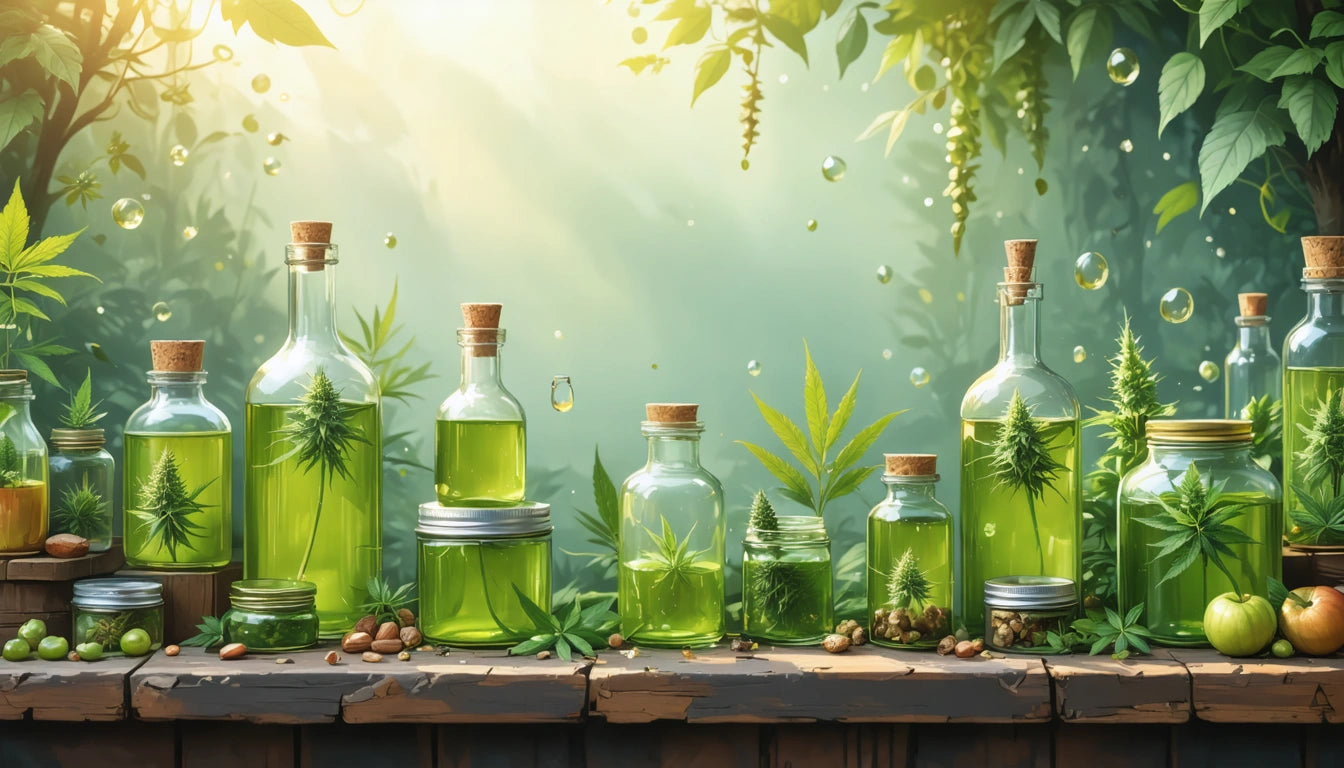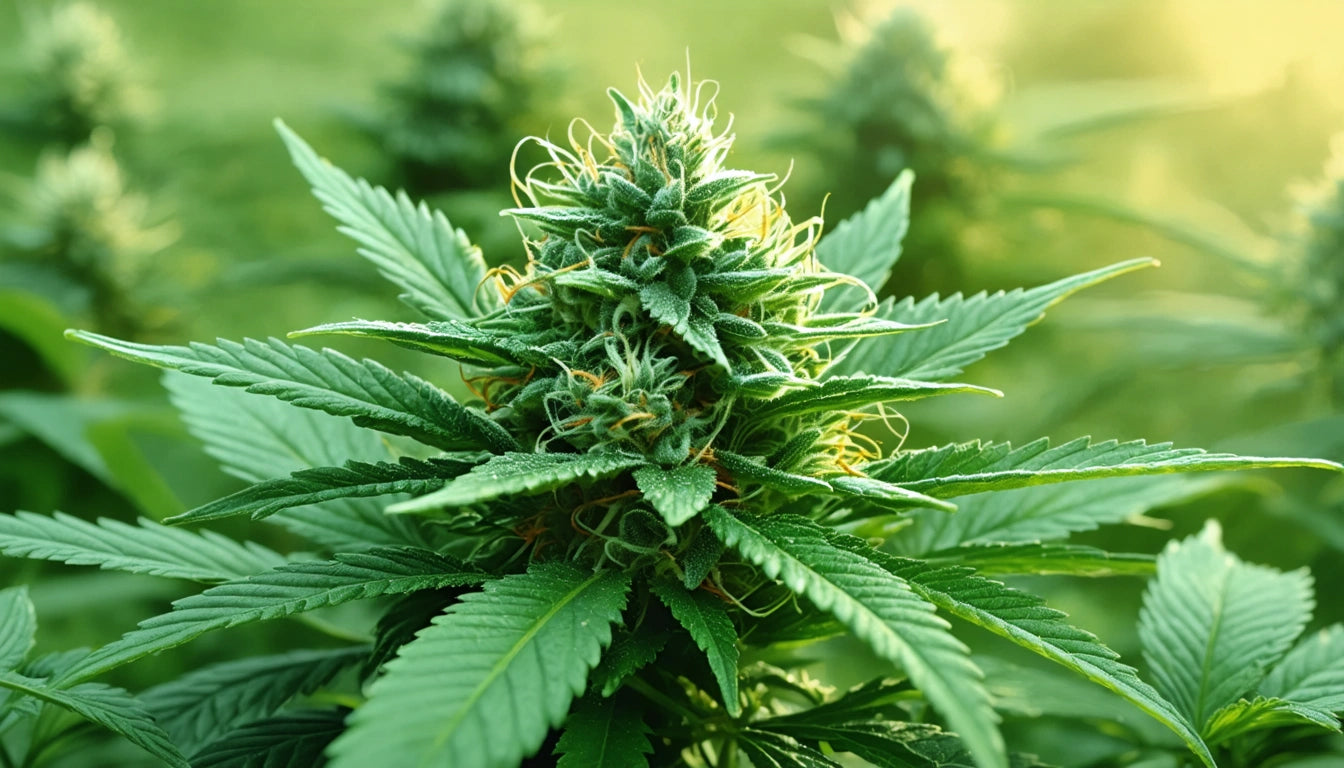Table of Contents
- Material Overview: Cannabis Packaging Options
- Glass Packaging: Premium Protection with Some Drawbacks
- Plastic Containers: Versatility and Cost-Effectiveness
- Tin Containers: Durability and Brand Appeal
- Mylar Bags: Flexible Protection for Multiple Products
- Material Selection Based on Product Type
- Future Packaging Trends: Balancing Compliance and Sustainability
Selecting the right packaging material for cannabis products involves balancing preservation needs, regulatory compliance, cost considerations, and brand positioning. Each material option presents distinct advantages and limitations that can significantly impact product quality, shelf life, and consumer perception.
Material Overview: Cannabis Packaging Options
Cannabis packaging materials must address multiple requirements including moisture control, light protection, odor containment, and child-resistance. The four primary materials used in the industry each serve different purposes and product types.
According to industry material comparisons, the selection process should prioritize both preservation qualities and regulatory compliance. Let's examine each option in detail.
Glass Packaging: Premium Protection with Some Drawbacks
Advantages of Glass
Glass offers superior preservation qualities that make it ideal for premium cannabis products:
- Completely impermeable to oxygen and moisture
- No chemical leaching or interaction with product
- Available in UV-protective amber or green tints
- Provides a premium, weighty feel that consumers associate with quality
- Infinitely recyclable with no degradation in quality
Limitations of Glass
Despite its preservation benefits, glass presents several challenges:
- Higher weight increases shipping costs
- Greater risk of breakage during transport
- Higher unit cost compared to alternatives
- Limited child-resistant options without additional components
For products where freshness and terpene preservation are paramount, glass remains the gold standard despite these drawbacks. Concentrates and premium flower often justify the additional expense.
Plastic Containers: Versatility and Cost-Effectiveness
Advantages of Plastic
Plastic containers offer practical benefits that make them widely used in the industry:
- Lightweight and durable during shipping
- Lower cost per unit
- Easily moldable into child-resistant designs
- Available in various polymer types for different applications
Limitations of Plastic
Plastic packaging comes with several considerations:
- Potential for oxygen permeability in some grades
- Possible static issues affecting trichomes
- Environmental concerns regarding recyclability
- Lower perceived value compared to glass or tin
Understanding different plastic grades is crucial when selecting containers. PET offers clarity but less barrier protection than HDPE, while PP provides heat resistance for certain applications.
Tin Containers: Durability and Brand Appeal
Advantages of Tin
Tin containers provide a balance of practical benefits and marketing appeal:
- Excellent light protection
- Good moisture barrier properties
- Durable and resistant to crushing
- Premium aesthetic with customization options
- Recyclable in many markets
Limitations of Tin
Consider these drawbacks when evaluating tin options:
- Higher cost than plastic alternatives
- Heavier than plastic or mylar
- Limited transparency for product visibility
- May require additional sealing mechanisms
Tin works particularly well for pre-rolls and certain concentrate products where protection and presentation are equally important.
Mylar Bags: Flexible Protection for Multiple Products
Advantages of Mylar
Mylar bags have become increasingly popular for cannabis packaging:
- Excellent oxygen and moisture barrier
- Lightweight and efficient for shipping
- Cost-effective for various quantities
- Highly customizable with printing options
- Available with child-resistant features
Limitations of Mylar
Some considerations when using mylar packaging:
- Less rigid protection than hard containers
- May require additional inner packaging for delicate products
- Recycling challenges in some regions
- Limited structural variations
For flower products specifically, specialized mylar bags for 3.5-gram eighths have become an industry standard, offering the right balance of protection and presentation for this common retail quantity.
Material Selection Based on Product Type
Different cannabis products have unique packaging requirements:
- Flower: Requires excellent moisture control and light protection. Glass and mylar are common choices, with glass preferred for premium offerings.
- Concentrates: Need protection from heat and light degradation. Glass and silicone containers are often used, as discussed in heat and light protection guides.
- Edibles: Must use food-safe materials that meet FDA requirements. Plastic and mylar with appropriate food-grade certifications are common.
- Pre-rolls: Benefit from crush protection. Plastic tubes and tin containers offer the necessary structural integrity.
Material selection also impacts shelf life and logistics costs, with heavier materials like glass increasing shipping expenses but potentially extending product viability.
Future Packaging Trends: Balancing Compliance and Sustainability
The cannabis packaging landscape continues to evolve with several emerging trends:
- Bioplastics and sustainable alternatives gaining market share
- Hybrid packaging combining multiple materials for optimal protection
- Innovations in child-resistant mechanisms that maintain user-friendliness
- Increased focus on material certifications and compliance documentation
As regulations mature and consumer preferences shift toward environmentally responsible options, manufacturers are developing solutions that balance preservation needs with sustainability goals. The most successful brands will select materials that not only protect their products but also align with their brand values and target consumer expectations.











Leave a comment
All comments are moderated before being published.
This site is protected by hCaptcha and the hCaptcha Privacy Policy and Terms of Service apply.